So, previously I introduced Coldbore, and specifically, Error Budget. This is a system that lets you enter in variables that affect shooting and calculate their impact at distances.
With our Tikka TAC A1 and CTR systems, we include factory ammo, and,
One question that I have been pondering a lot recently, is how much does the SD/ES of ammunition really affect the shooting, and, more-so – what range does it really start to matter?
Well… let’s simulate it then!
What is SD/ES anyhow?
Quickly said, the SD and ES is the variation that your ammo has each time you pull the trigger.
For example. On most boxes of ammo, they have a muzzle velovity written onto the box.
Now, ignoring that this muzzle velocity is highly unlikely to be the same as what your firearm will shoot it at anyhow1 – this doesn’t mean that each and every shot out of the firearm will be that speed. Some will actually be faster, some slower, as inconsistencies in the manufacturing and components slighter alter the ultimate velocity, how much this varies can be measured as an average (Standard Deviation) and an absolute (Extreme Spread) and expressed as such.
That’s a really, really simplified explanation, I realise, if you really want to read more about it – here is an article all about it.
The number crunching
While this is ultimately an unrealistic situation, I was interested in simply isolating the one variable. So, within the Coldbore software, I turned off all the other options, and just ran the numbers for an increasing SD value.
And, yeah, the results are interesting!
Coldbore returns a couple of pages of information when calculating this – and you can tweak how it runs the Monte Carlo test – specifically, how many times it runs it, and, whether it runs is as a single of multiple volleys – the second option doesn’t really make much difference in this simulation, and for the sake of processing time, I selected 100 rounds for the test number of shoots.
I zero’d out all the other factors and assigned a target size of 300mm and a ‘system accuracy’ of 1 MOA. This bascially equates to a firearm and shooter that can shoot 1 MOA at 100 all day, every day… which, actually, for many of us (including myself many days) is actually also unrealistic2.
The target page gives you a representation of the system precision, target size, and the variation that is being introduced through the selected variables. Notice how the target size shrinks to beneath the system precision (i.e. becomes less than a 1 moa target) and the variations increase. Where is the magic spot then?
Handloading SD of 2.65
This is a low SD, but, one starting to be regularly reported by some hand-loaders using premium components, meticulous reloading methods, and potentially some selective chrono work3.
Basically, we can observe, that, all things being the same (and no shooter error or other factors coming into play) that the SD of the ammunition really won’t cause you to miss, right out to 1600 meters (or one mile).
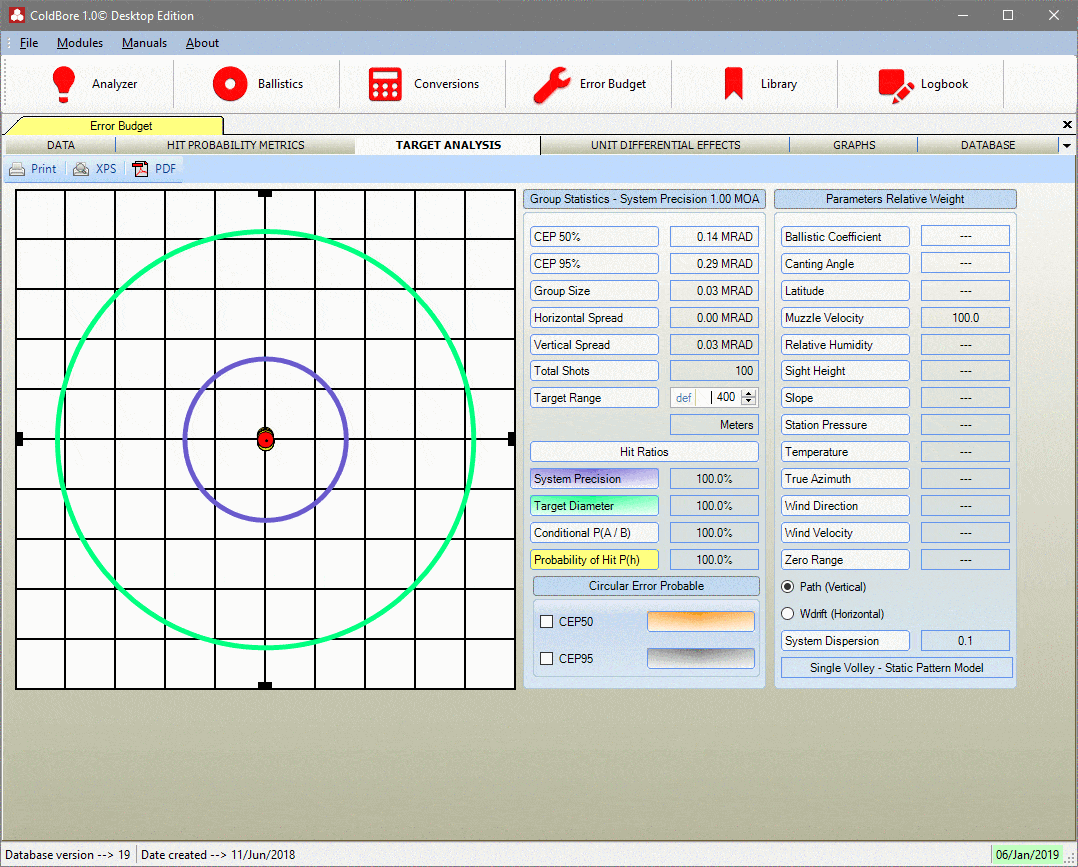
Factory SD of 26.46
At the other end of the scale, I often find factory ammo giving me SDs in the high twenties. In fact, last week I had a box of 7mm Rem Mag report an SD of 36! Which would be even higher than this.
You see the vertical stringing is much more pronounced. At a mile, the hit probability is down to 20%.
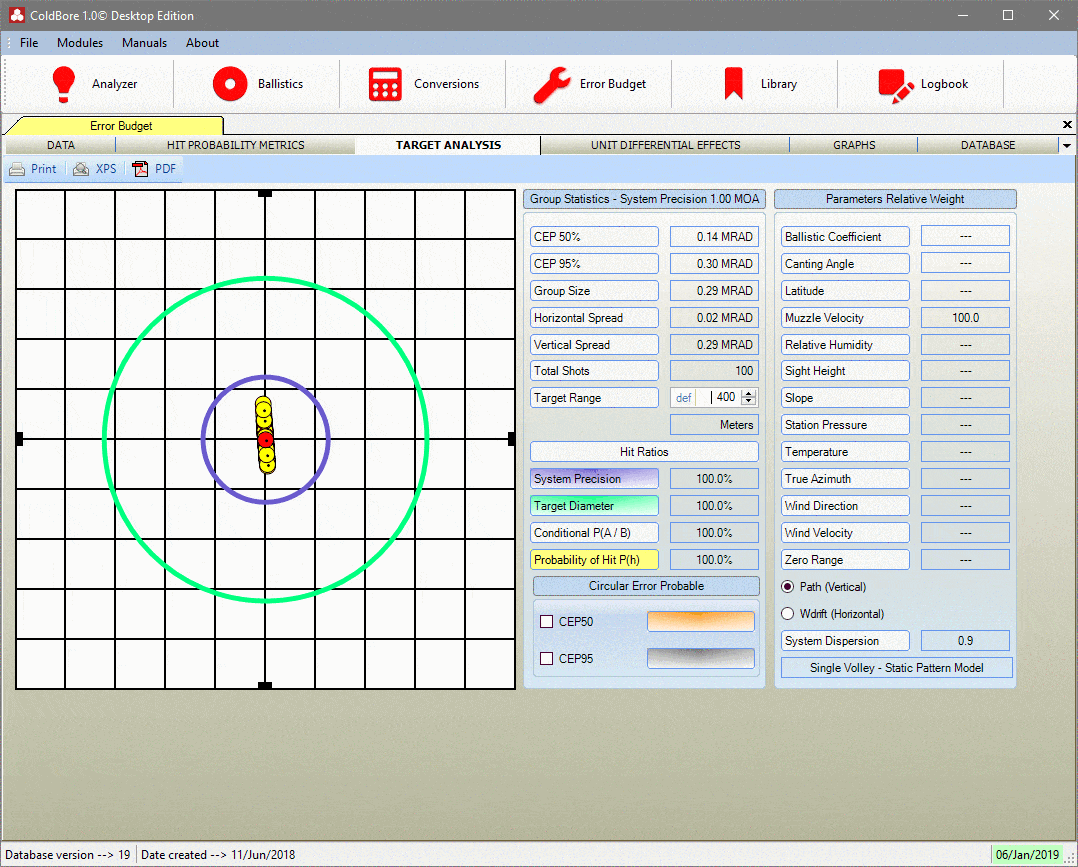
The figures/tipping point
The chart below is a summary of the simulations I ran – with an ascending SD.
Short verion – it’s not really going to matter to 800 meters or so. However, those folks going for the fabled 1k, 1-mile targets… very much so.
The probability of hit essentially means, if you do everything the same, aim perfect, brake that shot perfectly, do everything perfectly, what percentage of likely hood is there for a first, second, or any other hit on the target? The variation is random from shot to shot, so, unlike errors in range, which would be confirmed (generally) after the first shot, or wind, which would like dimish as the environment was accounted for after the first shot, the SD of the ammo is a ‘constant’ variable. It’s always there.
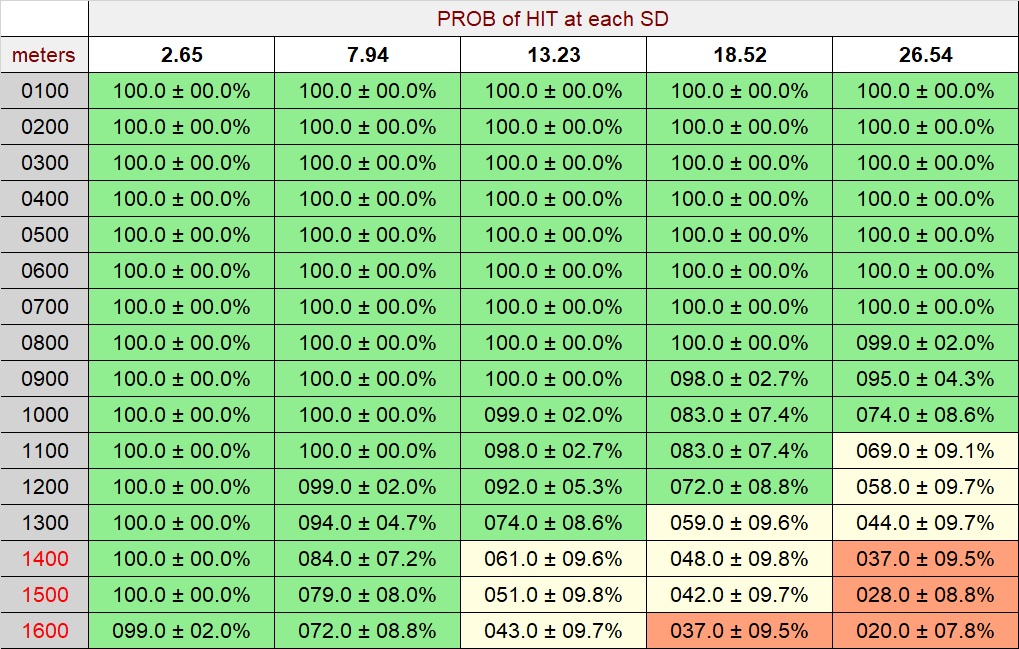
But what does it all mean?
It means, that realistically if you want to repeatably and reliably shoot to long distance, you want to be reloading.
If you just want to plink at targets, and appreciate you might only hit 1 in 5, no matter what you do, then no real major – but that certainly would be an unethical choice for live targets.
However, this is also a massive oversimplification of a complex subject – and the reality is, alongside (or maybe, more importantly) you would need to be aware that the wind and this distance is also likely to be kicking your arse. SD variations would, in theory, alter your flight time, so this would also affect wind calls – but to a much smaller degree, I would imagine. For those field shooting – it really needs to all be included.
If you want to read up on a simulation that also included all the other factors at the same time – go read up on Cal Zant’s excellent series on the matter over at Precision Rifle Blog. Carl included other factors, and went through them all to see where your time is best spend. Long story short – reading wind. But, if you have done much shooting, you probably already knew that. 😉











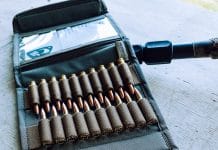






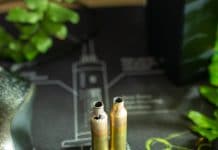


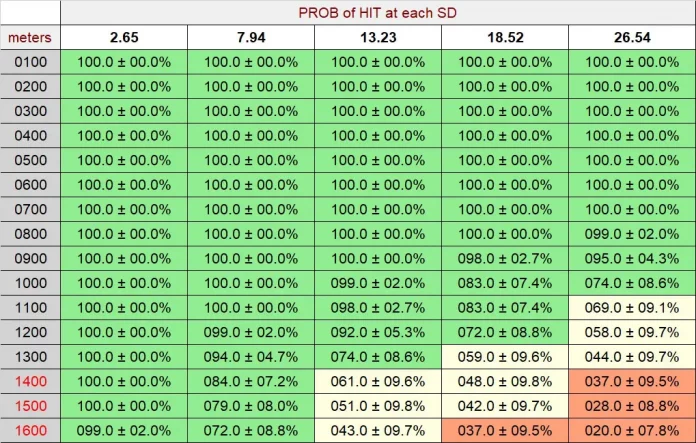
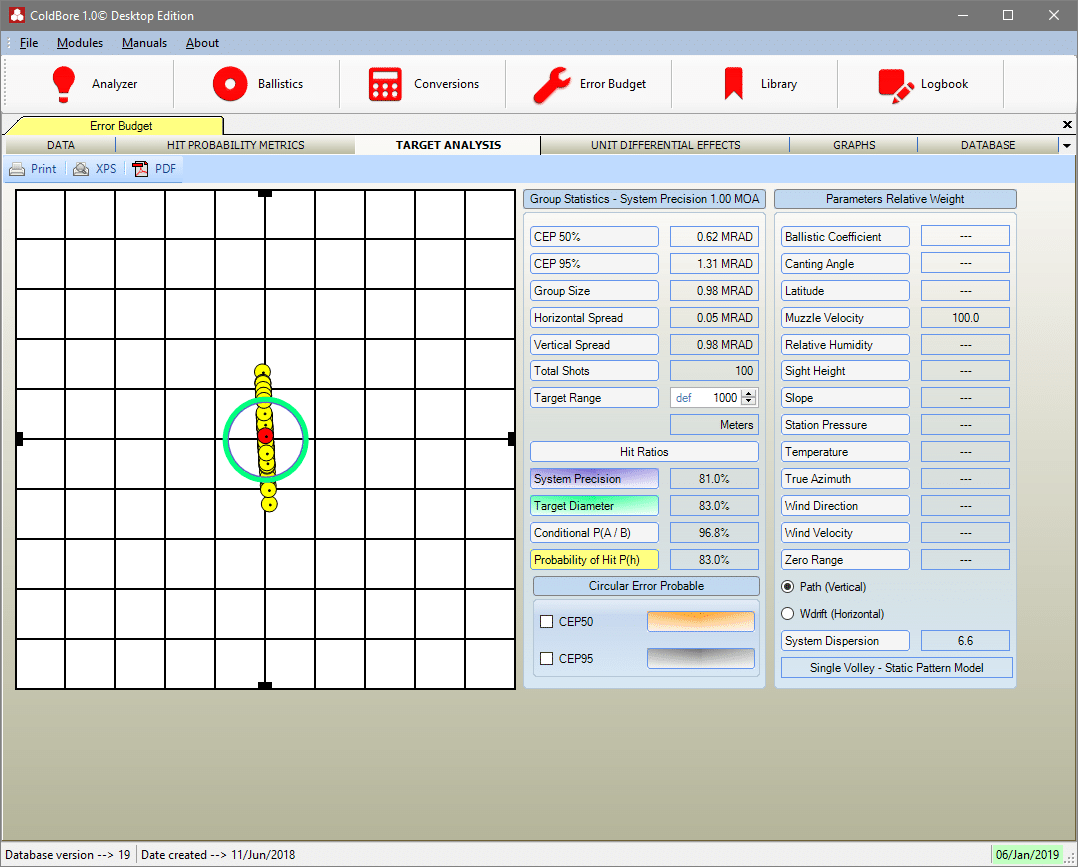
You must be logged in to post a comment.